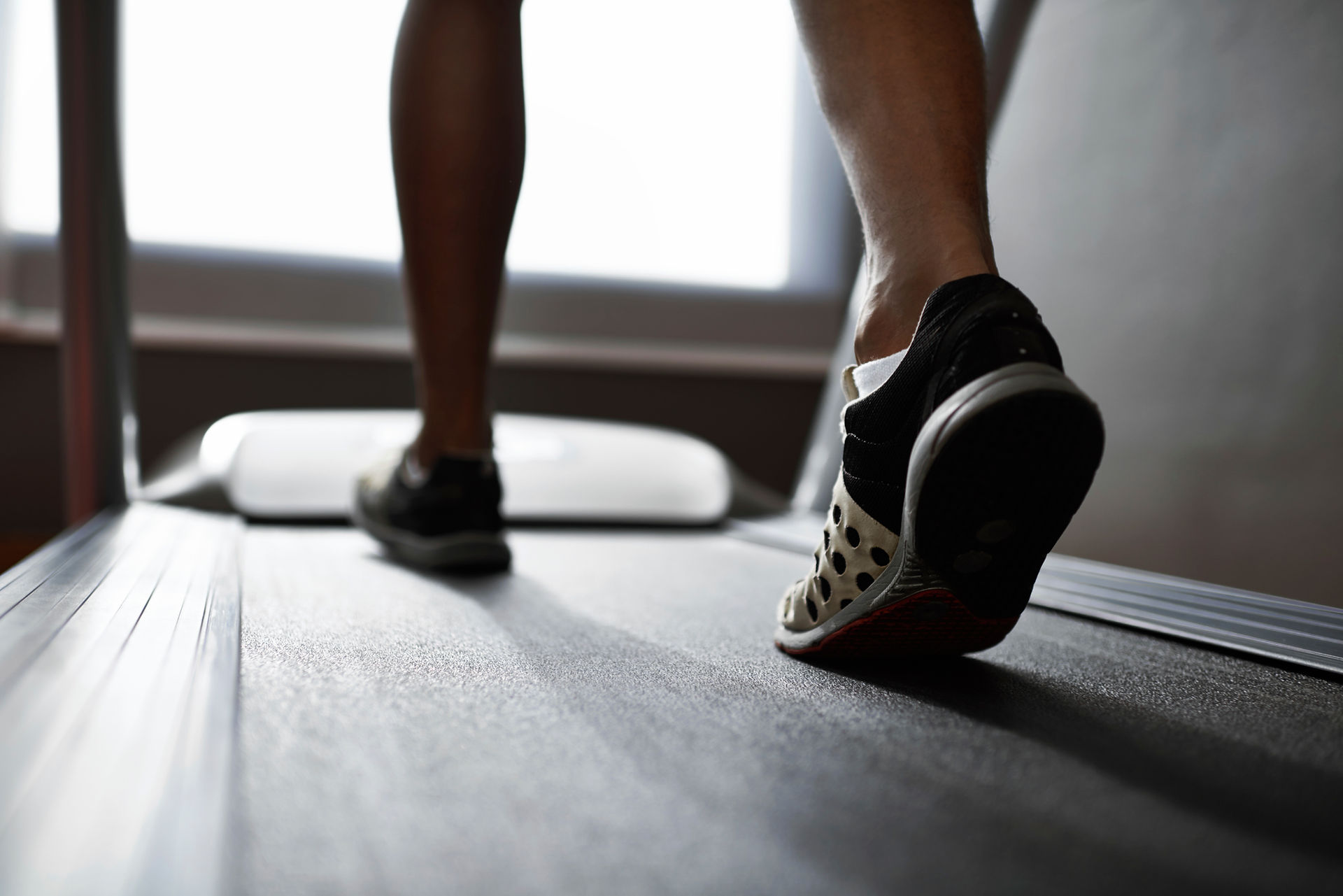Our member and physiotherapist, Shae Martello, explains the childhood obesity problem in Australia and suggests some ways we can address it.
Obesity is our biggest contributor to the global burden of chronic disease and disability. The Australian Bureau of Statistics reported in 2019 that one-quarter of Australian children aged 5-17 were overweight or obese. Overweight children are very likely to become overweight adults, and the health and wellbeing impacts of obesity are paramount. Around the world, levels of childhood obesity have been rising for a number of reasons, including a shift in diet towards increased intake of foods that are high in fat and sugars and a reduction in the amount of time spent participating in physical activity.
Today’s society promotes an “obesogenic” environment. Everywhere we look there are advertisements for junk food or television programs, encouraging eating and sitting. We could spend hours debating who or what is to blame, but the fact of the matter is that the damage is done.
What are we going to do to fix it? The answer is simple. Get off the couch and out of the pantry. The answer may be simple, but the pathway to get there can seem like a complex calculus equation. Start small and slowly implement lifestyle changes for the whole family. You could start by replacing the high-sugar cereal bars with a banana and signing your child up to an after school or weekend sport. Snacks and treats are okay in moderation, but try to use activities as a reward rather than food.
The Australian Physical Activity Guidelines recommend that children and adolescents aged 5-17 should accumulate at least 60 minutes of moderate to vigorous intensity physical activity every day, including a variety of aerobic activities, including some vigorous intensity activity. Children and adolescents should engage in up to several hours a day of activity for additional health benefits, and minimise the time they spend being sedentary each day. It is also now recommended that on at least three days per week, children should engage in activities that strengthen muscle and bone.
A huge health concern related to inactivity during childhood and adolescents is osteoporosis and the risk of osteoporotic fractures in adult life. The major build-up of bone occurs in the pre-teen and adolescent years. Peak bone density is reached during mid to late 20s. Participating in high impact weight-bearing activities that include hopping, skipping and jumping, such as basketball or gymnastics, during childhood and adolescence will maximise peak bone strength, helping keep bones stronger for longer during adulthood.
If you are concerned about your child’s weight, or are unsure where to start, speak to your doctor or dietician for advice. Your physiotherapist can also suggest ways in which you could encourage your child to participate in regular physical activity. Why not start by playing some music for 5 minutes of free-dancing before dinner tonight?
Shae Martello is a physiotherapist at Healthfocus Physiotherapy in Albury, NSW. Shae has an interest in researching how nutrition affects recovery in adjunct to physical activity, and also safe resistance training for adolescents to improve performance. Shae promotes physical activity to her clients by brainstorming how it can fit into their daily routine and helping them explore other options if they do not have an interest in conventional activities. Shae's personal favourite form of physical activity is resistance training and she attempts to educate all clients on the benefits, especially adolescents. Call (02) 6041 5744 to make a booking to see her today!


Comments